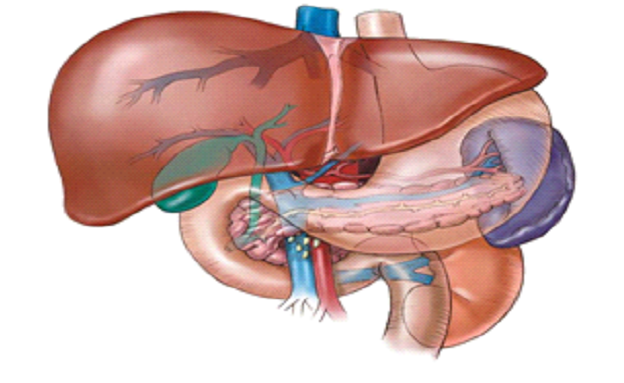Primary Sclerosing Cholangitis Symptoms, Causes, Diagnosis and Treatment

What Is Primary Sclerosing Cholangitis?
Bile duct is a channel that transports bile from the liver to the small intestines. In primary sclerosing cholangitis, this channel becomes hard and narrow due to the scars that are formed as a result of inflammation. Since the bile is not properly being transported, the liver is gradually damaged severely. The fact that primary sclerosing cholangitis may lead to failure of liver, liver or bile duct tumor or frequent infections suggests that the disease can be fatal at times.
What Are The Symptoms Of Primary Sclerosing Cholangitis?
In early stages, primary sclerosing cholangitis can never be identified through symptoms which include:
- Fatigue.
- Itching.
However, as the disease becomes worse over time, several other symptoms may show up to a victim of primary sclerosing cholangitis including:
- Enlarged liver.
- Feeling cold.
- Losing weight.
- Jaundice.
- Fever.
- Sweating at night.
- Pain in the upper-right abdomen area.
Since some of these symptoms may also be the symptoms of other diseases, victims must first consult a doctor to confirm the situation.
What Causes Primary Sclerosing Cholangitis?
Although the actual cause of the disease is unknown, the following may result in primary sclerosing cholangitis:
- Autoimmune disorder.
- Inflammatory bowel disease.
- Liver, gallbladder and bile duct infections.
Primary sclerosing cholangitis is more common in men than in women and children are least likely to suffer from this disease.
What Are The Complications Of Primary Sclerosing Cholangitis?
The following complications are possible in this disease:
- Thinning bones.
- Portal hypertension.
- Liver failure.
- Bile duct cancer.
- Colon cancer.
- Frequent infections.
However, complications do not necessarily show up every time.
How Is Primary Sclerosing Cholangitis Diagnosed?
Very often, primary sclerosing cholangitis is diagnosed through regular blood tests even before symptoms evolve. However, if symptoms like jaundice and enlargement of liver shows up, victims may need to get the following tests after medical advice:
- A magnetic resonance imaging, or MRI, of bile ducts.
- Blood test of liver function.
- Sample liver tissue testing.
- Bile duct X-rays.
- Abdominal ultrasound and/or CT scan.
Through one or a combination of these tests, doctors can ensure a person whether he is suffering from primary sclerosing cholangitis or not.
How Is Primary Sclerosing Cholangitis Treated?
A liver transplant is known to be the only perfect cure for this disease. However, doctors stress more on dealing with complications that evolve during the disease. Therefore, doctors recommend certain medicines to cure itchiness and infections. Moreover, treatment for blocked bile ducts is also provided through balloon dilation and stent placement. Finally, nutritional support is very necessary for primary sclerosing cholangitis victims because it prevents their body to absorb the vitamins necessary to remain energetic. Through these processes and treatments, the complications are reduced or even eliminated while in order to prevent the disease itself, a liver transplant seems inevitable. Other than that, victims themselves can avoid alcohol, eat healthy, be careful with chemicals and regularly consume medicine in order to prevent the worsening of the disease.
By : Natural Health News




